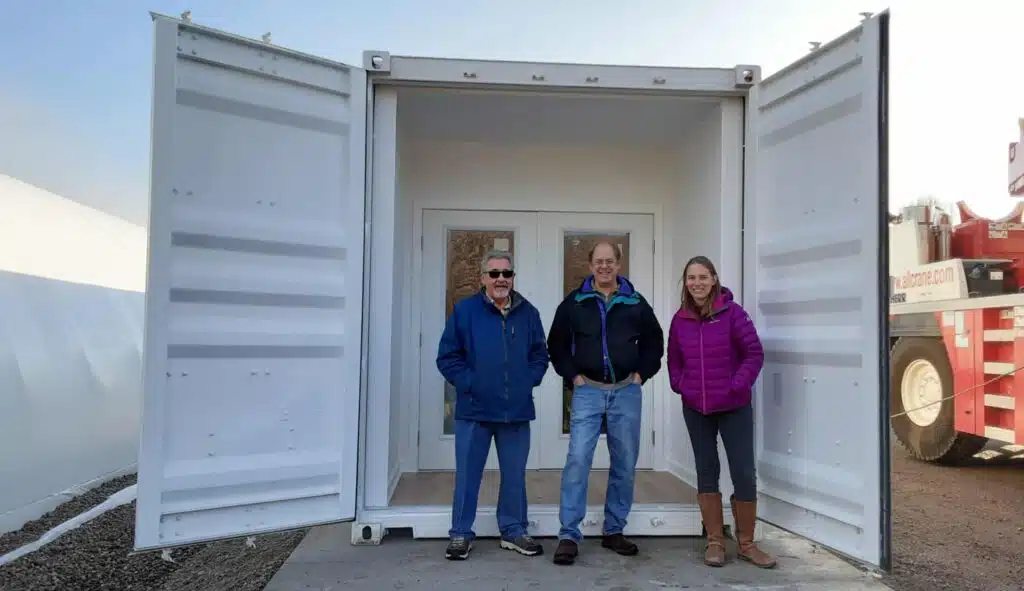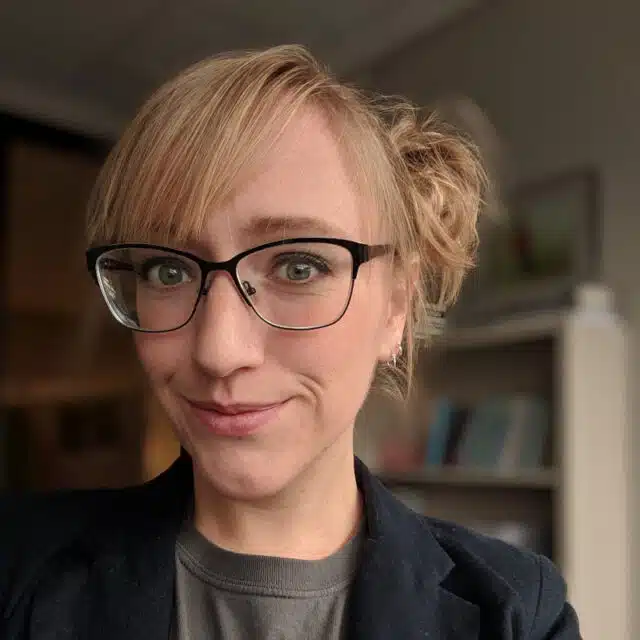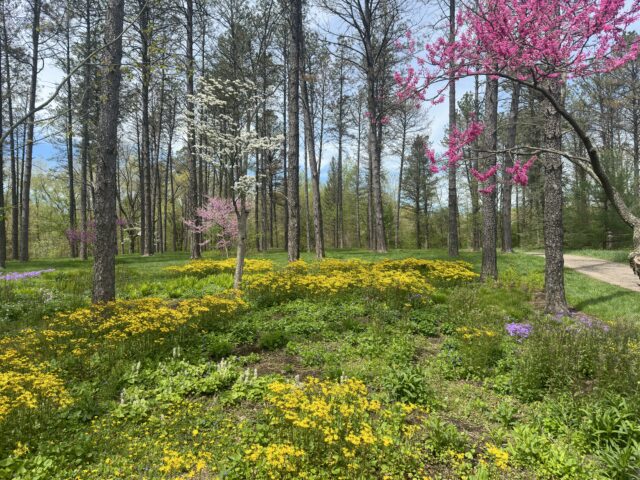
Holden’s new seed bank project forms the core of new climate-fighting reforestation efforts across the region.
In December, a crane dropped a fully loaded shipping container into the Holden Arboretum. But it wasn’t full of goods: The container had been finished into a fully-operational laboratory and storage facility, ready to study, process, and stock large quantities of tree seeds.

The new seed bank isn’t like others you might have heard of, like the Svalbard Global Seed Vault in Norway, which preserves biodiversity in preparation for future catastrophe. As David Burke, PhD, Vice President of Science & Conservation at Holden Forests & Gardens puts it, Holden’s new bank is more like a Seed Savers Exchange — a place to collect seeds, process them, store them, and, most importantly, share them. The goal? “To catalyze reforestation throughout our region as a way to combat climate change,” says Burke.
Reforestation is the best natural solution for climate change mitigation in the U.S., and over a third of this potential lies in the northeast. Trees remove carbon from the atmosphere, turning it into their plant tissues. According to a report from The Nature Conservancy[1], natural climate solutions like these, if instituted, could mitigate up to 21% of our country’s emissions by 2025. But a major bottleneck in these efforts is actually sourcing seeds and seedlings. Where are all these trees we’re supposed to be planting going to come from?
Enter Terraformation, a company that runs what they call a “Seed to Carbon Forest Accelerator” that helps organizations like Holden speed up and scale up reforestation efforts. They approached Holden about getting a seed bank last year. And thanks to an additional $335,000 in Congressionally Directed Spending, sponsored by U.S. Senator Sherrod Brown, approved for Holden’s Forest Resiliency and Conservation and Canopy Coverage Expansion Project in December, the project is well underway.

From the outside, the big white box is rather unassuming. Inside the glass doors, the lab space superficially resembles a galley kitchen, a long narrow space filled with cabinets, a sink, fridge, and freezer. At the time of this writing, no one’s home, but perhaps as you’re reading the new seed bank technician leading the efforts will be busy at work, cleaning seeds to prepare them for storage, or even preparing an outgoing package ready for planting.
In addition to serving as a waystation for seeds collected and distributed for restoration, the new seed lab provides valuable new workspace for the Great Lakes Basin Forest Health Collaborative (GLBFHC), another Holden initiative. In partnership with the U.S. Forest Service and with support from the Great Lakes Restoration Initiative, the GLBFHC is working to find, test, and breed pest-resistant trees, like ash that can survive emerald ash borers. The seed bank program also comes with training for additional staff in the bank itself or in urban forestry, and may also be incorporated into Holden’s Tree Core program. [1]
Holden will do some of the seed collecting themselves, but such a large undertaking will require the involvement of many organizations across the region. And it’s essential that the seeds collected are locally adapted to the region so that they’re suitable for planting in our climate. Luckily, partners are already coming forward, ready to help. These same organizations are likely candidates for who will put the seeds to use in the future, like non-profits and local and state government agencies interested in forest restoration.
The seeds won’t only be used for large-scale, climate-mitigating reforestation efforts. “We’re also interested in reforesting ‘The Forest City,’ as Cleveland is sometimes called,” says Burke. Although climate is a core motivation, planting trees in cities is a great way to combat the effects of climate change, like urban heat island effects. Trees provide shade and cool cities, which in coming decades will be increasingly critical services for city residents.
Widespread tree planting also helps with the other crisis we’re dealing with globally — the biodiversity crisis. Species are being lost on scales never before seen by humanity. For instance, between 1970 and 2019, North America lost upwards of 3 billion birds, or 29% of their former abundance[2] — and that’s only birds.
“We can advocate for climate change being a problem that we need to address, and as an organization, we can focus on taking action through trees,” says Burke. “We can manage our forests differently, and we can reforest areas that are suitable for forest as a climate mitigation strategy. And that also helps mitigate the loss of biodiversity. At Holden, we’re perfectly positioned to do this.”
[1] https://www.science.org/doi/10.1126/sciadv.aat1869
[2] https://www.birds.cornell.edu/home/wp-content/uploads/2019/09/DECLINE-OF-NORTH-AMERICAN-AVIFAUNA-SCIENCE-2019.pdf

Anna Funk
Science Communications Specialist
Anna Funk is the Science Communication Specialist for Holden Forests & Gardens. She earned her Ph.D. studying prairie restoration before leaving the research world to help tell scientists’ stories. Today, she wears many hats, working as a writer, editor, journalist and more — anything that lets her share her appreciation of science and its impact with others.











